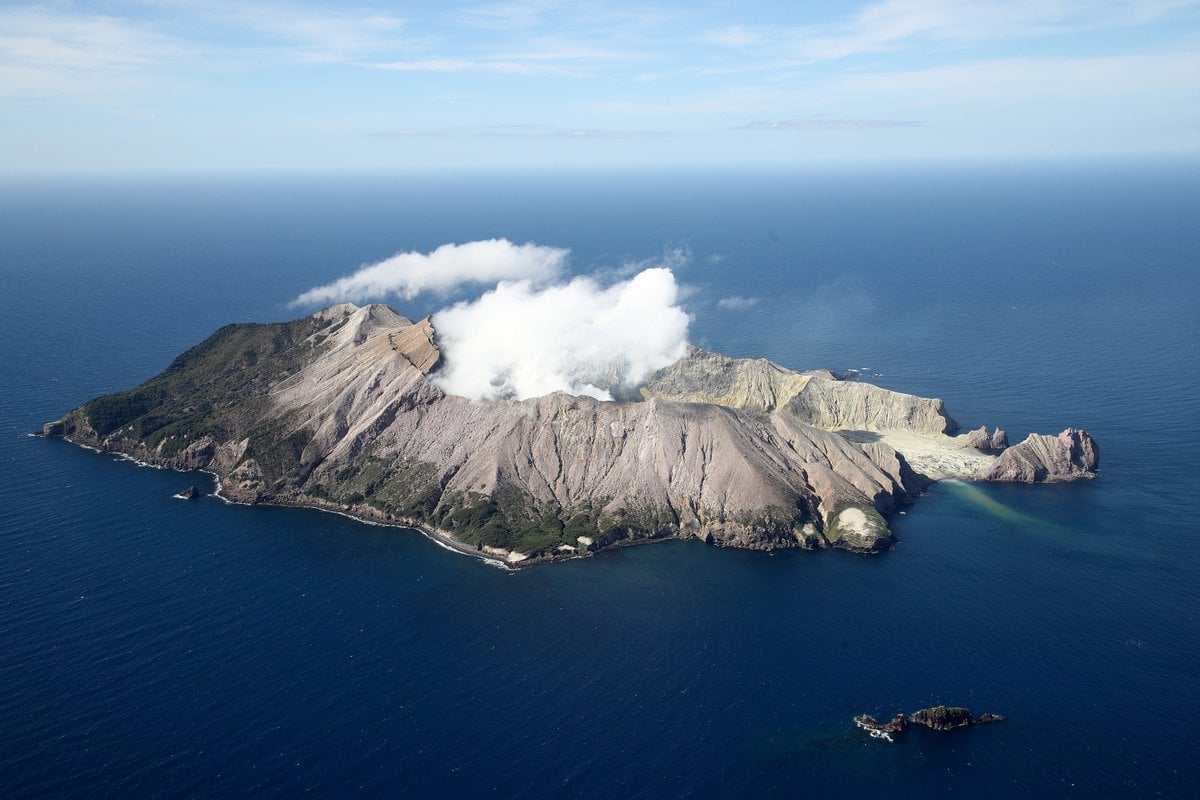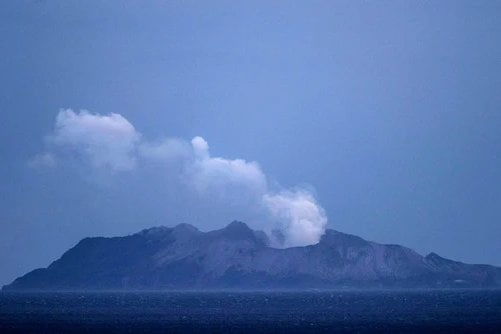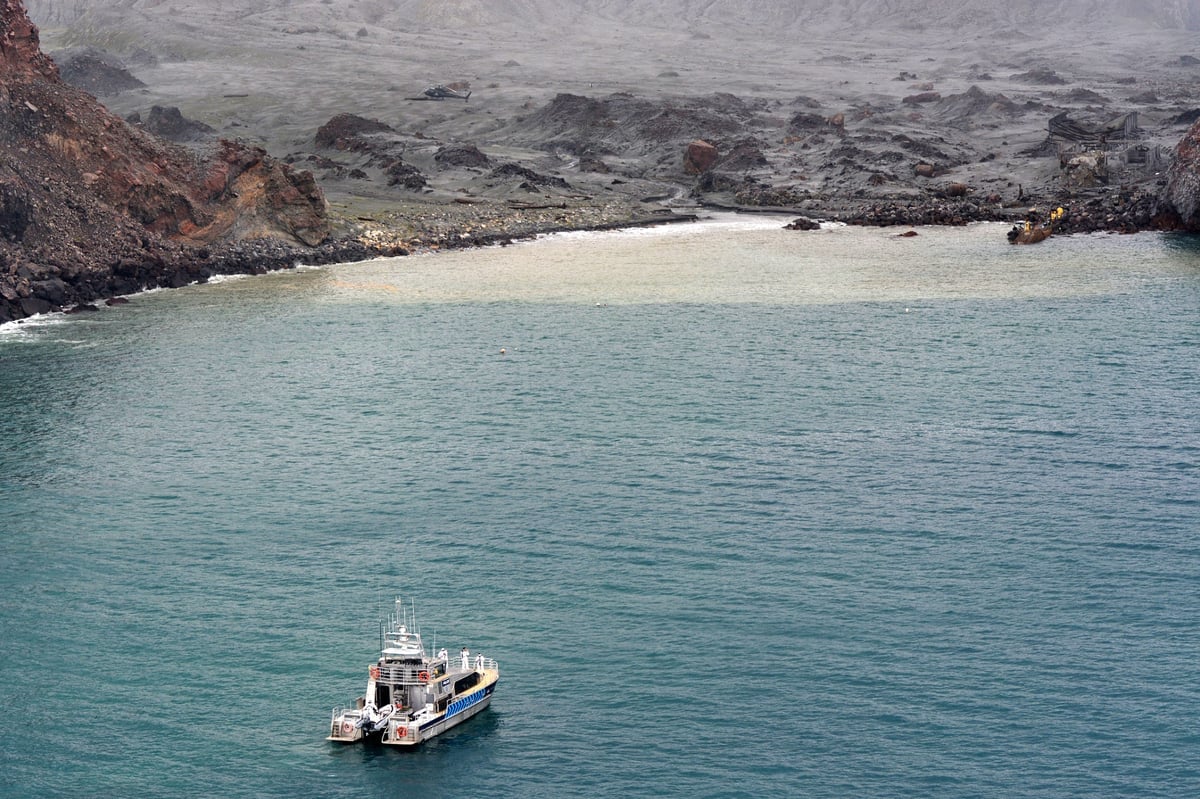
At 2.11pm local time, on December 9, 2019, New Zealand's most active volcano Whakaari / White Island erupted.
At the time, there were 47 people on the island which sits 48 kilometres off the coast of Whakatāne on the mainland. Twenty-two people, including 14 Australians were killed. A further 25 people suffered serious, many critical, injuries and serious burns.
Geoff Hopkins, from the North Island city of Hamilton, had visited Whakaari / White Island 25 years ago, and had always wanted to return with his 22-year-old daughter Lillani, who was studying geology.
Watch: Whakaari / White Island survivors on 60 Minutes. Post continues below video.
December 9 was the day.
Geoff recalled the unique landscape of Whakaari, with its rugged cliffs and little vegetation.
"It's quite barren. Just very unnatural colours, bright white and bright yellow crystals, pungent sulfur, gas streams that had hues of green and red in them," he told Mamamia's daily news podcast The Quicky.
"It's how you might imagine a lunar landscape."


